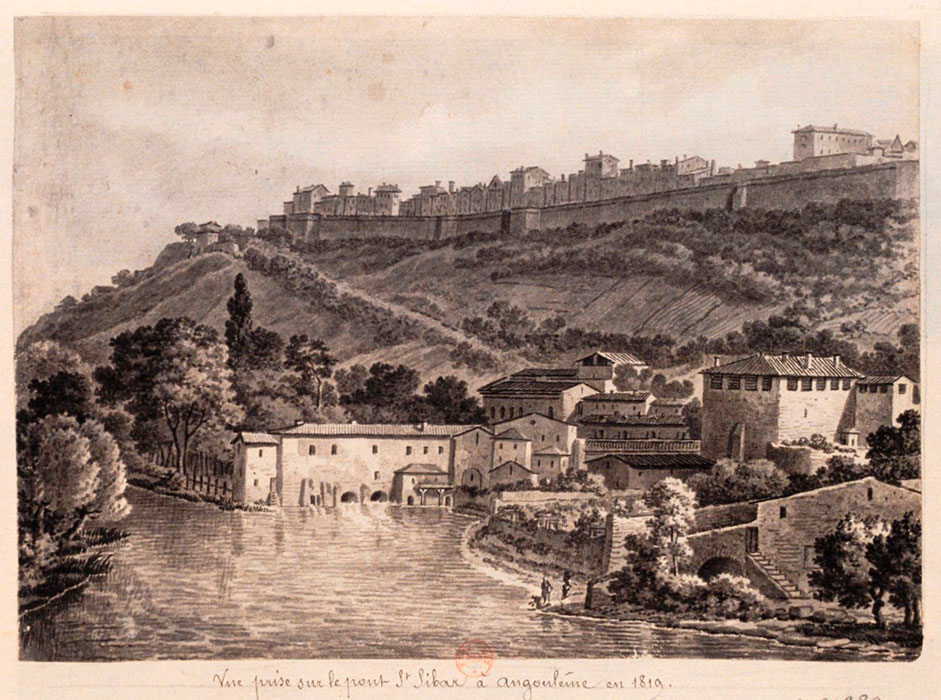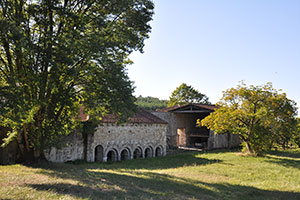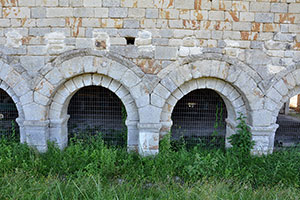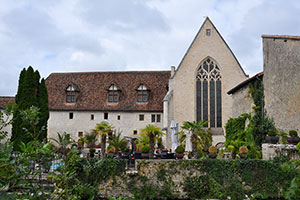The Abbey of Notre-Dame de Bournet is one of the monastic foundations established by Gerald of Salles. It was founded in 1113 and confirmed by the bishop of Angoulême in 1125. Like other houses established by Gerald, Bournet drew close to the Cistercian Order, although it was never formally integrated, and it remained under the Rule of Saint Benedict. In 1151, Pope Eugene III placed the monastery under the direct authority of the Holy See; however, by 1480 it was already under the jurisdiction of the bishop of Angoulême. It was always a modest house, though it did have a few dependent priories.
In 1565, during the Wars of Religion, Bournet was attacked and plundered, falling into ruin. At that time, its documentation was lost, which makes it difficult to trace its detailed history. By the end of the 16th century, it had passed into lay hands, until 1617, when a few monks returned, forced to meet in private houses due to the ruinous state of the monastery buildings. Nevertheless, it managed to continue its existence until the Revolution. Some remains of the site are still preserved.
- BAUDRILLART, Alfred (1938). Dictionnaire d'histoire et de géographie ecclésiastiques. Vol. 10. París: Letouzey et Ané
- BEAUNIER, Dom (1910). Abbayes et prieurés de l'ancienne France. Vol. 3: Auch, Bordeaux. Abbaye de Ligugé
- COTTINEAU, Laurent-Henri (1936). Répertoire topo-bibliographique des abbayes et prieurés. Vol. 1. Mâcon: Protat
- GERVAIS, Jean (1864). Documents historiques sur l'Angoumois. París: Aubry (Paris)
- J. D. (1877). Vie du bienheureux Giraud de Salles, fondateur des abbayes du Bournet et de Tusson (Charente). Angulema: Baillarger
- NANGLARD, Jean (1893). Pouillé historique du diocèse d'Angoulême, 2. Bulletin et mémoires de la Société archéologique et historique de la Charente, vol. 3
- SAINT-MAUR, Congregació de (1720). Gallia Christiana in provincias ecclesiasticas distributa. Vol. 2. París: Typographia Regia
The Convent of Cordeliers de Verteuil was founded in 1471 by Jean de La Rochefoucauld, who held, among other titles, that of Baron of Verteuil. The founder died that same year and was buried in the convent church, which became the La Rochefoucauld family’s burial place until the French Revolution. When the convent was suppressed, its properties were sold and the family tombs were lost. The site is partially preserved, with the chapel standing out among the remaining structures. The place was converted into a hotel establishment.
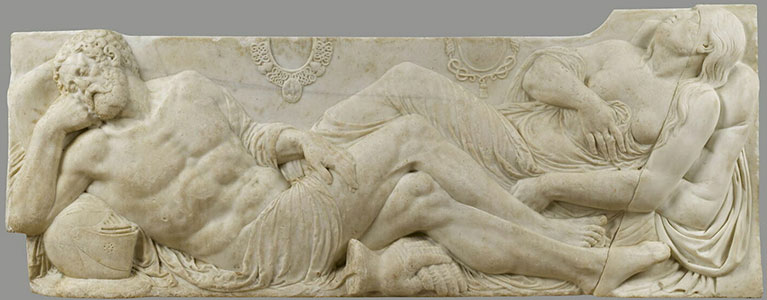
Remains of the tomb of François II, Count of La Rochefoucauld († 1533)
and Anne de Polignac († 1554)
Possibly from this convent
Louvre Museum / Stéphane Maréchalle
- BRESC-BAUTIER, Geneviève (1999). La Mise au tombeau de Verteuil. Congrès archéologique de France, 153 ss. Société française d'archéologie
- CHEVALIER, F. (1916). Épitaphes. Église des Cordeliers de Verteuil. Bulletin et mémoires de la Société archéologique et historique de la Charente, vol. VI
